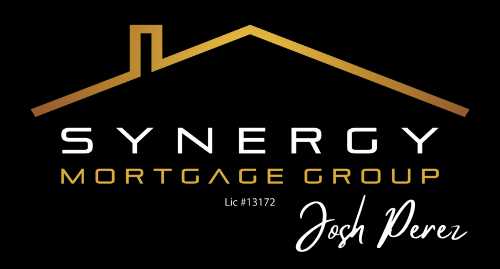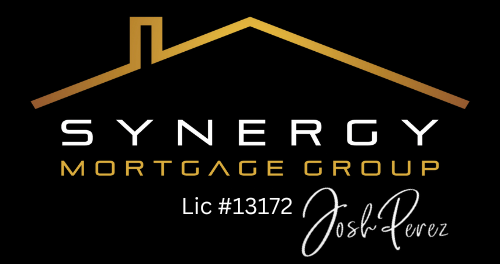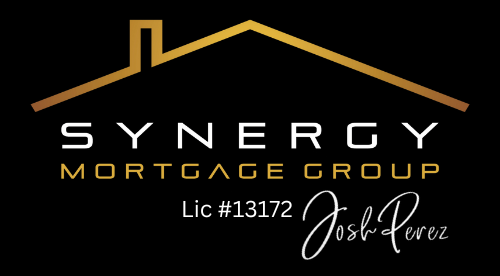Leverage and Control: The Power of Real Estate Investing
Why is everyone so obsessed with real estate investing? It’s simple—when done correctly, it’s not just a time-tested and proven way to build wealth, but it also has the potential to accelerate it. Let me explain why, focusing on two key concepts: leverage and control.
"For every 5% in market appreciation on your property, that actually equals a 25% rate of return on your original investment."
Leverage: Your Secret Weapon
Leverage is the cornerstone of real estate investing. When you buy a rental property, you're typically required to put down 20%. This means that to acquire a $500,000 real estate asset, you only need to invest $100,000. Compare that to stocks or mutual funds, where you need to put in the full $100,000 to gain a $100,000 position.
Now, here's where it gets interesting. To earn $25,000 on a $100,000 investment in stocks, you'd need a 25% increase in value. However, with real estate, a 5% market appreciation on your property equates to a 25% return on your initial $100,000 investment due to leverage. That’s the power of leveraging a smaller amount of capital to control a larger asset.
Control: Your Competitive Advantage
Unlike stocks, where you have no influence over their value, real estate allows you to take control and force appreciation. You can make strategic improvements—like finishing a basement, adding a secondary unit, or making home enhancements—that significantly increase your property's value, regardless of market conditions.
This combination of forced appreciation and market appreciation creates a unique and powerful opportunity for building wealth. Real estate investing isn’t just about waiting for the market to go up; it’s about actively enhancing your asset’s value.
Ready to Get Started?
If you're interested in leveraging these strategies to accelerate your wealth-building plan, schedule a call with us. Let’s work together to turn your real estate ambitions into reality.





